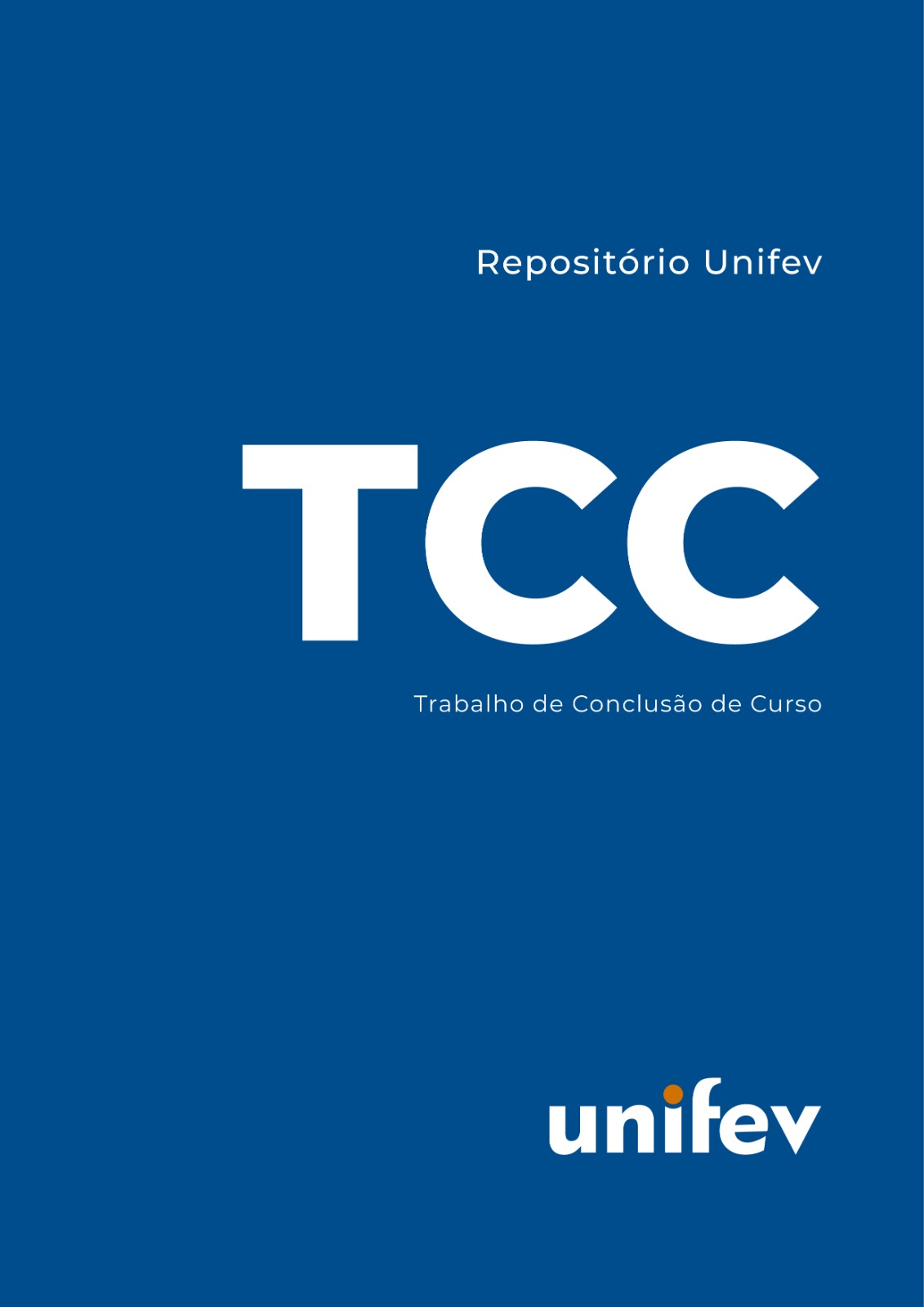PODEM AS PLANTAS MEDICINAIS E/OU SEUS CONSTITUINTES REPRESENTAREM UMA OPÇÃO TERAPÊUTICA NO TRATAMENTO DOTRANSTORNO DE DÉFICIT DE ATENÇÃO E HIPERATIVIDADE? UMA REVISÃO ABRANGENTE DA LITERATURA
| dc.contributor.author | EDUARDO JUNIO DURAN | |
| dc.contributor.author | GIULIANA OKAJIMA COSTA LEMES | |
| dc.date.accessioned | 2024-12-11T23:17:48Z | |
| dc.date.available | 2024-12-11T23:17:48Z | |
| dc.date.issued | 2024-12-11 | |
| dc.description | O Transtorno do Déficit de Atenção e Hiperatividade (TDAH) é um distúrbio neurobiológico que afeta tanto crianças quanto adultos, caracterizando-se por sintomas como desatenção, hiperatividade e impulsividade. Níveis diminuídos de catecolaminas no córtex pré-frontal estão diretamente relacionados à essa sintomatologia. Os fármacos psicoestimulantes, apesar de determinarem efeitos benéficos no tratamento do TDAH, com frequência, esses fármacos também podem determinar efeitos adversos graves, que podem sobrepujar seus efeitos terapêuticos. O número de pesquisas com plantas medicinais, e que visam a descoberta de novos ativos de origem natural que representem uma opção eficaz e mais segura no tratamento do TDAH tem aumentado substancialmente nos últimos anos. O objetivo do presente trabalho foi a realização de uma revisão da literatura com a finalidade de descrever as principaisplantas medicinais úteis no tratamento do TDAH e suas principais implicações terapêuticas. Arevisão foi realizada com base no U.S. PubMed. National Library of Medicine (https://pubmed.ncbi.nlm.nih.gov/) utilizando das palavras-chave pré-definidas: “Compostos naturais”, “Plantas medicinais”,“Transtorno de déficit de atenção/hiperatividade”, “Metabólitos secundários”, “Psicoestimulantes”. Para garantir uma boa qualidade deste trabalho, foram incluídas apenas as publicações indexadas na referida base de dados. Artigos que apresentaram título, resumo e conteúdo científico que se enquadram no tema do presente trabalho, foram incluídos, caso contrário, foram rejeitados. | |
| dc.description.abstract | Attention Deficit Hyperactivity Disorder (ADHD) is a neurobiological disorder that affects both children and adults, characterized by symptoms such as inattention, hyperactivity and impulsivity. The decrease in basal catecholamine levels in the prefrontal cortex is directly related to ADHD symptoms. Psychostimulant drugs have beneficial effects in the treatment of ADHD, however, these drugs can often cause serious adverse effects that can outweigh their therapeutic effects. The amount of research into medicinal plants, aimed at discovering new active ingredients of natural origin that represent an effective and safer option in the treatment of ADHD, has increased substantially in recent years. The objective of the present work was to carry out a comprehensive review of the literature with the purpose of describing the main medicinal plants useful in the treatment of ADHD and their main therapeutic implications. The review was carried out based on U.S. PubMed. National Library of Medicine (https://pubmed.ncbi.nlm.nih.gov/) using pre-defined keywords: “Natural compounds”, “Medicinal plants”, “Attention deficit/hyperactivity disorder”, “Secondary metabolites”, “Psychostimulants”. To ensure the good quality of this work, only publications indexed in the aforementioned database were included. In this way, articles that present a title, abstract and scientific content that fit the theme of this work were included, otherwise they were rejected. | |
| dc.identifier.uri | https://repositorio.unifev.edu.br/handle/123456789/208 | |
| dc.language.iso | pt | |
| dc.subject | Compostos medicinais | |
| dc.subject | Plantas medicinais | |
| dc.subject | Transtorno do déficit de atenção/hiperatividade | |
| dc.subject | Metabólitos secundários | |
| dc.subject | Psicoestimulantes | |
| dc.title | PODEM AS PLANTAS MEDICINAIS E/OU SEUS CONSTITUINTES REPRESENTAREM UMA OPÇÃO TERAPÊUTICA NO TRATAMENTO DOTRANSTORNO DE DÉFICIT DE ATENÇÃO E HIPERATIVIDADE? UMA REVISÃO ABRANGENTE DA LITERATURA | |
| dc.type | TCC |
